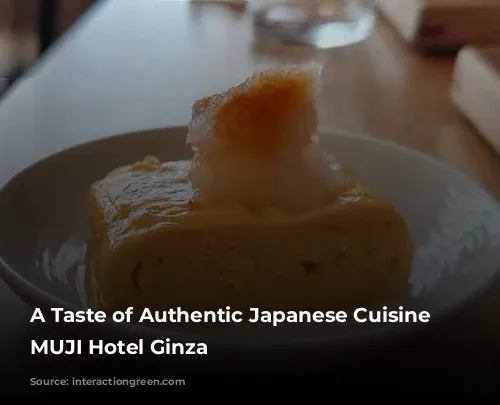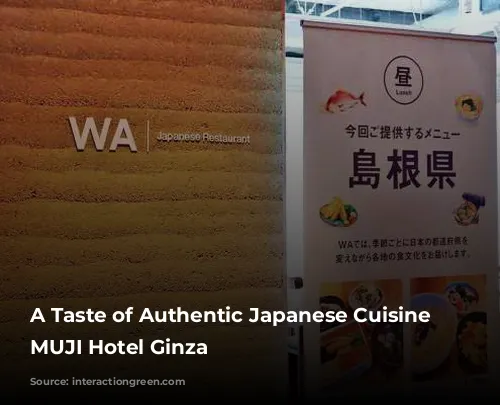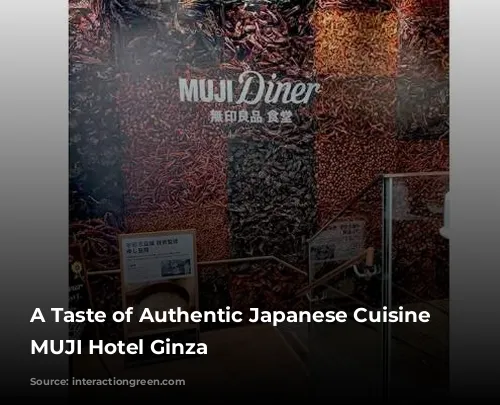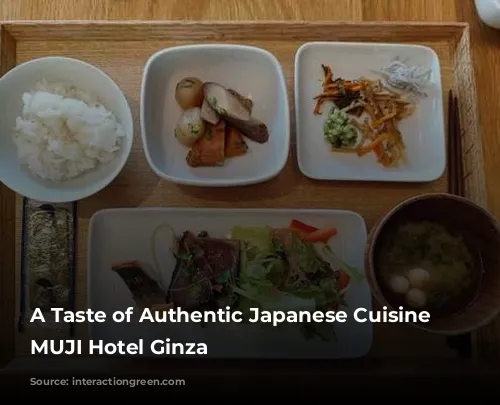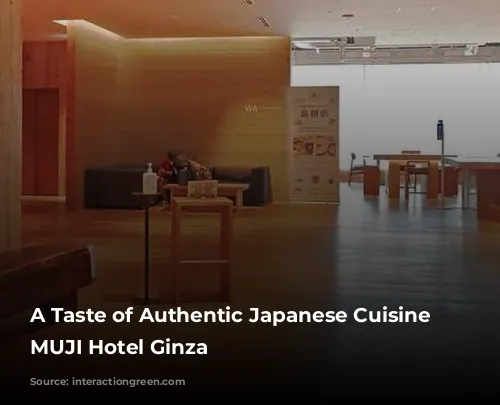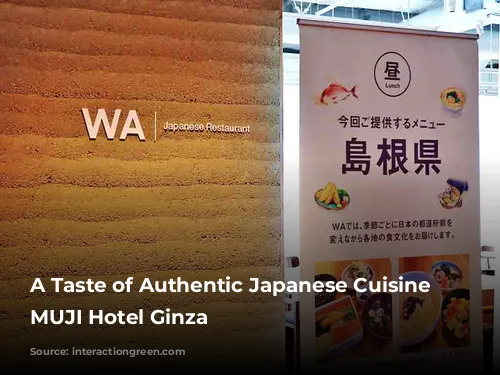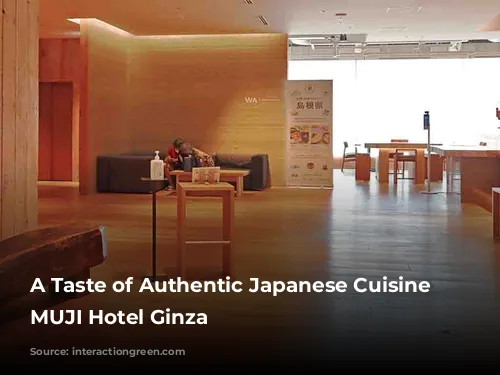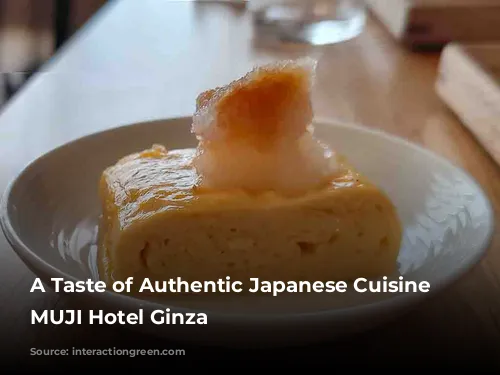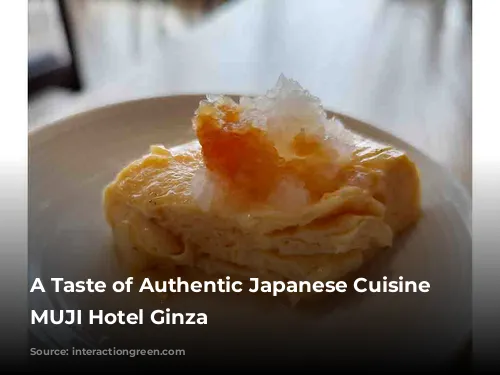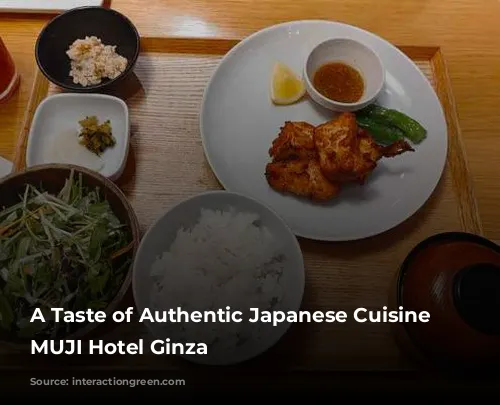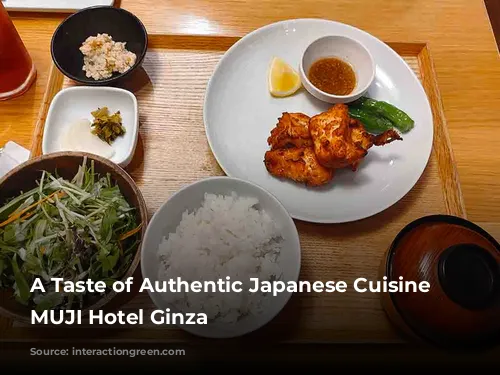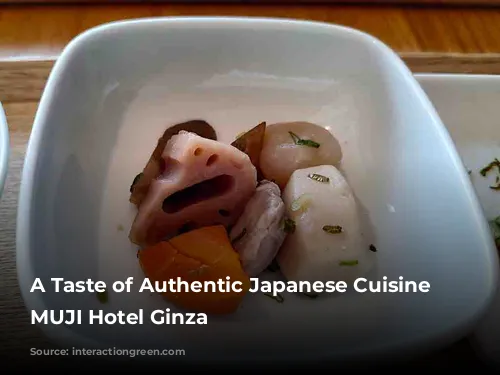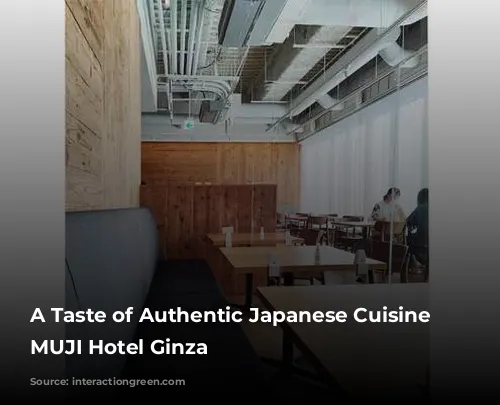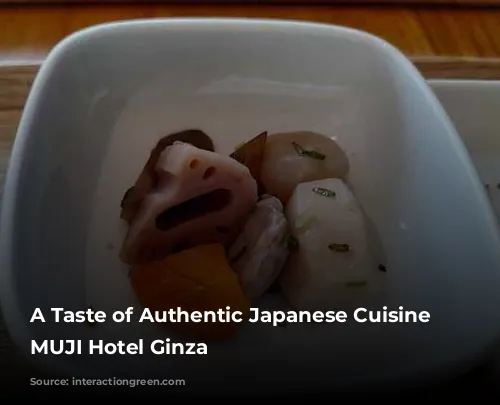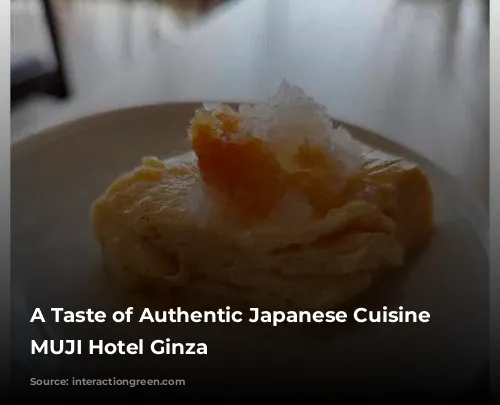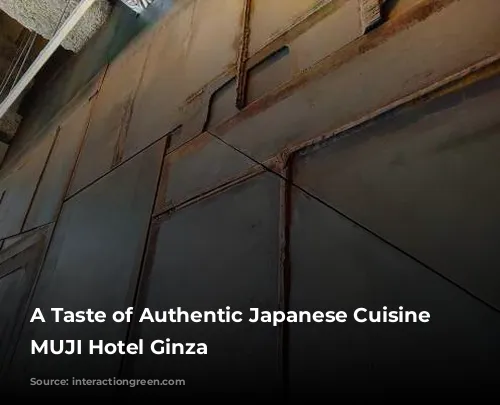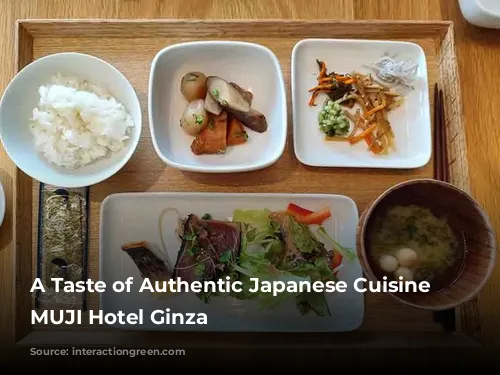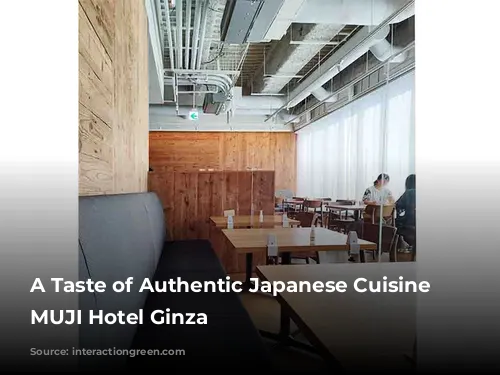MUJI Hotel Ginza offers a unique dining experience with its “WA” restaurant, where traditional Japanese flavors meet modern culinary techniques. The name “WA” itself reflects the restaurant’s focus on Japanese authenticity, highlighting the essence of “Japanese” or “domestic” cuisine.
Don’t expect your typical ramen or tonkatsu here. “WA” presents a contemporary take on traditional Japanese fare, offering a subtly flavored menu that may surprise those accustomed to bolder tastes. If you’re looking to expand your palate beyond the familiar salty, sweet, or spicy, “WA” is a fantastic opportunity to re-calibrate your taste buds and discover the nuances of Japanese cuisine.
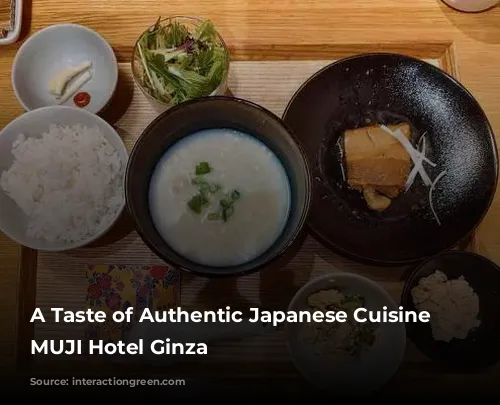
Breakfast at “WA”: A Symphony of Flavors
The breakfast buffet at “WA” is a delightful journey through the heart of Japanese breakfast traditions. It’s a “little bit of everything” – from classic Japanese breakfast staples to pastries and curry, all accompanied by refreshing drinks and sweet treats.
While you won’t find the usual suspects like teriyaki, tempura, or tonkatsu, you’ll be greeted by a showcase of authentic Japanese ingredients, particularly seafood and vegetables. My own breakfast spread included katsuo tataki (seared bonito sashimi), saikyo yaki (fish marinated in a sweet miso sauce), kinpira gobo (braised burdock roots), shirasu (whitebait), and nimono (simmered vegetables), all paired with rice and miso soup.
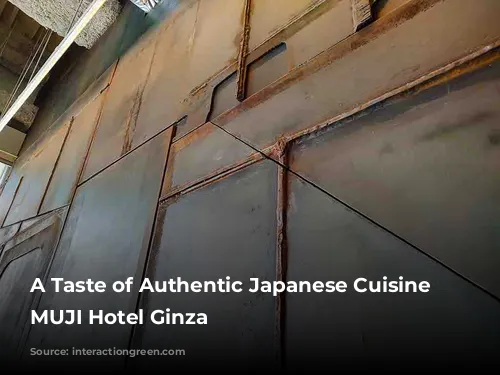
Unveiling the Hidden Gems: Nimono and Tamagoyaki
These dishes are often overlooked in Western Japanese restaurants, but they are the true essence of Japanese cuisine. They may take some time to appreciate, as their flavors are subtle and nuanced. However, once you allow your palate to adapt, you’ll discover a whole new world of taste sensations.
Nimono, a seemingly simple dish of simmered vegetables, stole the show for me. Prepared with dashi broth, soy sauce, sake, and mirin, the nimono featured a variety of traditional Japanese vegetables like renkon (lotus root), satoimo (taro root), gobo (burdock), carrots, and konnyaku (made from konjac potato). Each vegetable had its unique texture and flavor, offering a delightful contrast. The “just right” doneness of the vegetables, the perfect balance of seasoning, and the carefully chosen ingredients made this humble dish a culinary masterpiece.
Another star of the breakfast was the tamagoyaki, a delicate layered omelet, not part of the buffet but a special order item. Prepared with a technique that requires careful skill, the tamagoyaki was a fluffy, smooth, juicy, and flavorful delight. It was the best tamagoyaki I’d ever had and was a testament to the art of egg cooking.
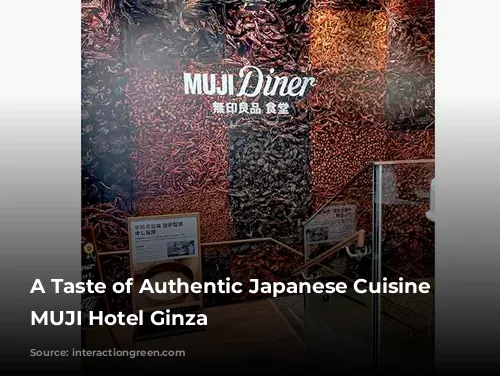
Beyond “WA”: MUJI Diner’s Focus on Authenticity
The MUJI Diner, located in the same building as the MUJI Hotel and Shop, shares “WA’s” commitment to authentic ingredients and natural flavors. The menu features lunch plates like karaage (fried chicken) and Yoshi dofu (tofu dish), served in just the right portions. The diner even allows you to customize your rice size, offering small, medium, or large options.
